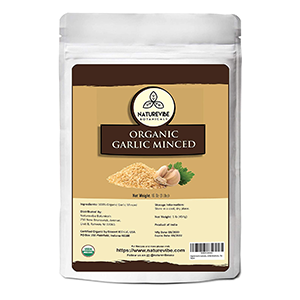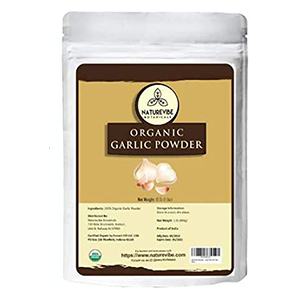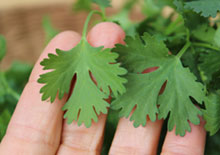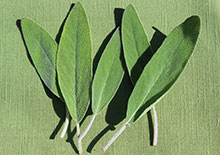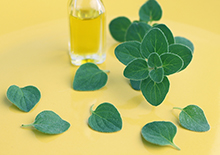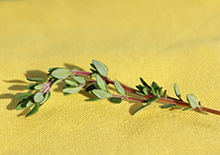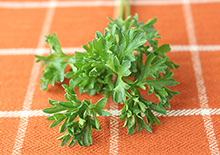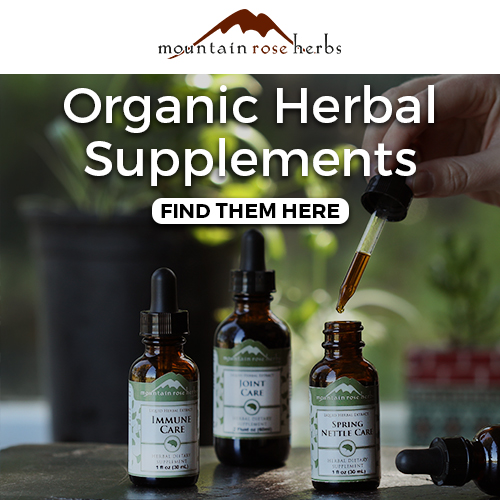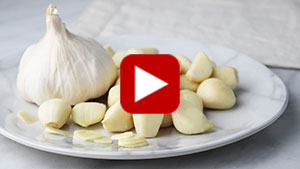- Home
- Herbs and Spices
- Garlic Benefits
Top 4 Garlic Benefits, Allicin and Sulfur-Containing Compounds
Intro | What are Garlic? | Sulfur-Containing Compounds | Top 4 Benefits | Types of Garlic | How to Use | Precautions | Shop
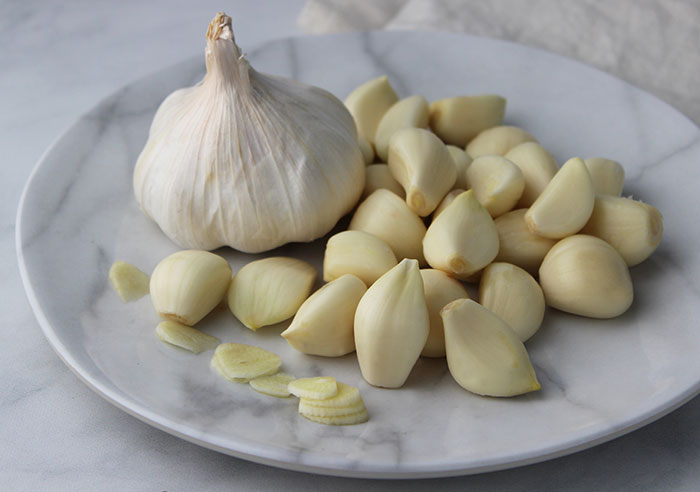
Garlic is an Allium vegetable, Allium sativum, in the same family as onions, shallots, leeks and scallions.
Frequently referred to as the "stinking rose", the irregular rosette-like layered garlic bulb is known for its unique spicy pungent taste and powerful aroma.
Its unmistakable strong zesty flavor has made it one of the most widely
utilized spices, virtually present in all kitchen pantry’s and spice racks around the globe. It is often thus a fundamental ingredient in numerous cultural cooking traditions and recipes.
Table of Contents
Intro | What are Garlic? | Sulfur-Containing Compounds | Top 4 Benefits | Types of Garlic | How to Use | Precautions | Shop
It likewise has a long history of use by humans and is one of the oldest cultivated plants, among the list staple crops of ancient Egyptian agriculture.
Historical use of garlic, however, indicates that it was initially
utilized more for medicinal purposes and health maintenance rather than
as a culinary food flavoring.
Like onions, garlic with its strong sulfurous odor when sliced, was viewed throughout history to hold mystical qualities and believed to offer bodily protection against disease. This also coincides with its popular reputation for warding off "evil spirits" and mythical creatures like werewolves and vampires.
In the Middle Ages it was similarly used to protect against epidemics like the plague, cholera and tuberculosis.
What is Garlic?
Garlic is considered a bulbous root vegetable most commonly used for its juicy flavor-filled bulbs. Each single bulb usually consists of about 10-20 cream colored clove segments encased within a paper-like skin.
Once garlic is peeled and sliced, crushed, chopped or pressed, it immediately fills the air with an intense sharp scent due to its sulfur-containing constituents.
While there are hundreds of types and cultivars of garlic, generally speaking, the two main subspecies of A. sativum are known as the softneck and hardneck varieties. The "neck" referring to the above ground green portion of the plant.
Softneck, or the Allium sativum subspecies sativum, are the common types found in most markets as they have a slightly longer shelf-life, more cloves per bulb and a milder taste with less of a bite. Hardneck garlic or Allium sativum ssp. ophioscorodon often has fewer but larger cloves, a more complex flavor and is closer to wild garlic.

Garlic Benefits, Allicin and Sulfur-Containing Derivatives
Most of garlic's beneficial components have been reported to come from its sulfur-containing compounds which are known to give the cloves a very strong flavor and powerful scent. (*)
Organosulfur compounds are responsible for the antioxidative and anti-inflammatory properties and are generally classified according to their functional groups in which sulfur is attached. Hence the term "sulfur-containing."
Among the members of the Allium family, garlic has the highest concentration of these sulfur types and is by far the most potent. These are the primary defense mechanisms of the garlic plant to ward off harmful pests.
Most of these phytochemicals are released when raw garlic cloves are crushed. During this process, the enzyme alliinase converts alliin to allicin, one of the main natural thiosulfinates of fresh garlic.
While allicin is often attributed to giving garlic its health-enhancing qualities, it is really the allicin-derived constituents that it generates that are responsible. (Source)
Allicin
is unstable and rapidly breaks down producing a number of sulfur-based
compounds such as diallyl sulfide, diallyl disulfide, diallyl
trisulfide, diallyl tetrasulfide, allyl methyl sulfide, ajoene,
vinyldithiins and the popular s-allyl cysteine, which is especially
prominent in black garlic and aged garlic extract.
Some
of the sulfur-containing compounds in garlic, like allyl methyl sulfide
(one of the main components that produces "garlic breath"), directly
enter the blood where their benefits can circulate throughout the body.
When heating raw garlic, it is often recommended to allow freshly chopped or pressed cloves to sit for about 10 minutes to maximize the amount of these sulfurous nutrients. When cloves are cooked other chemical processes take place that can obviously alter flavor, reduce spiciness as well as change composition, which can provide different beneficial elements.

Garlic, whether raw,
heat prepared or dried in the form of minced pieces, powders or granules, is easy to include in the diet as most people
find the taste very appealing. When using garlic for therapeutic
purposes, dosage amounts of garlic can vary widely depending on
individual constitution and current state of health.
Top 4 Benefits of Garlic
1) Garlic's Use as a Natural Antibiotic and For Immune Support
2) Eating Garlic May Help Encourage Detoxification
3) Garlic Benefits and Its Stimulating Qualities
4) Aged Garlic Supplementation and Cardioprotective Influence
1) Garlic’s Use as a Natural Antibiotic and For Immune Support
Garlic is top on the list of natural antibiotics and has been long valued medicinally throughout many healing systems of the world as an antibacterial, antiviral and antimicrobial agent.
In 1858, Louis Pasteur recorded garlic's antibiotic properties, acknowledging that it "killed bacteria." The traditional use of garlic by Russian physicians was referred to as "Russian penicillin" and was used medicinally in both World War I and II.
Garlic benefits as an immunomodulatory Allium species are attributed most notably to its mentioned sulfur-containing compounds.
From an herbal perspective, it is also considered a diaphoretic, diuretic, expectorant and stimulant. It was one of the primary ingredients in the once popular "Four Thieves" vinegar, used in the medieval period for protection against the plague.
In modern times, fresh garlic can be a potent household medicinal particularly known to be of benefit when feeling on the verge of sickness such as the common cold or flu. In some research using aged garlic extract, it was claimed to reduce severity of symptoms in part by enhancing "immune cell function".
While the amount of garlic consumed for such purposes is dependent on specific individual parameters, usually 1-3 cloves of raw or cooked garlic a day is considered an average dose amount. Fresh, heated, dried and aged varieties have all been shown to provide sulfur-based activity. However, raw garlic obviously has a much sharper pungent flavor than cooked or dried garlic, indicating that it may contain a more potent amount of these compounds.
Although garlic can be too acidic for conditions like candida overgrowth, it is generally considered to be useful for maintaining a good balance of gut bacteria and warding off unwanted parasites. In some research, aged garlic extract was shown to be effective at increasing "microbial richness and diversity." Note, that a healthy gut microbiome plays an important part in proper human immune function.
2) Eating Garlic May Help Encourage Detoxification
Another often claimed garlic benefit is that it helps optimize one's ability to filter and eliminate toxins from the bloodstream. This is due to the prominence, once again, of organosulfur compounds. Dietary sources of sulfur are viewed to play a role in supporting the body's own inherent detoxification processes.
When using foods and herbs as a detoxification protocol, the guidance of a trained professional may be needed and/or beneficial. Using garlic for such purposes may not be suitable for all individuals and other cleansing herbs or supplements might prove to be more helpful.
Garlic can also promote detox as a digestive aid and through its supportive impacts on the gut microbiome. Some herbalists, like Christopher Hobbs, consider it a type of adaptogen, potentially useful for helping one to fight off toxic environmental pollutants.
Consuming sulfur-rich foods, like garlic, can help to encourage an increased concentration of the enzymatic antioxidant glutathione. (Source) Glutathione and its related compounds, like glutathione S-transferase, are a component of the body's metabolic detoxification system.
In one study, garlic-derived allicin was identified to enhance "antioxidation and detoxification capabilities" of rats tested via an increase in glutathione S-transferase activity.
Garlic is, in fact, also shown to offer a therapeutic influence on detoxifying certain heavy metals from the body. Allium sativum was successfully used in one study on patients with chronic lead poisoning and recommended for mild to moderate cases.
In other research garlic was shown to offer chelation ability as well as encourage "the excretion of lead and cadmium."
3) Garlic Benefits and Its Stimulating Qualities
Garlic is recognized to have an anti-fatigue effect on physical fatigue and/or systemic fatigue via its hot and pungent nature. These qualities can promote a stimulating influence and open the circulatory channels.
Raw garlic was known historically to be used as a "performance enhancing" agent given to the first Olympic athletes in Greece as well as supplied to laborers building the great Egyptian pyramids to make them "strong and capable of doing more work."
In Ayurveda, the consumption of garlic, like other Allium vegetables, is claimed to have a "rajasic and tamasic energy" known to stimulate the mind, emotions and sexual passions. It is sometimes believed to be more of a powerful medicinal only used on occasion rather than as an everyday food added to recipes.
Garlic is likewise not usually recommended for those on a spiritual path because it tends to be too over-stimulating to the senses and can "root the consciousness more firmly in the body", writes Ayurvedic practitioner Dr. R. Svoboda.
Its hot pungent qualities are recognized to increase digestive fire when consumed with meals. However, it is also good to be aware that regular consumption of garlic is not always suitable for those experiencing excess heat or acidic conditions. Similarly, Pitta body types can have adverse reactions to garlic and its hot drying qualities and is often best avoided.

4) Aged Garlic Supplementation and Cardioprotective Influence
One of the most researched garlic benefits, primarily found with aged garlic extract supplementation, is its use as a dietary adjunct for maintaining cardiovascular health. (*)
While other types of dietary garlic (ie: fresh, heated or dried) are also considered to be beneficial in the same regard, aged garlic extract is the one most examined by science, especially in respect to its effects on high blood pressure and total cholesterol.
Aged garlic extract is a supplement preparation in which garlic is sliced and aged for 20 months (often in stainless steel tanks) without the use of heat. It then undergoes an extraction process, is formed as a powder and encapsulated, rendering a concentrated and odorless product.
Garlic in this form has, over the years of scientific study, been identified to have a positive influence on human subjects with high blood pressure or hypertension. Some reports suggest that the sulfuric components in garlic are responsible for this impact.
Likewise, it is additionally believed to have a protective action on the cardiovascular system via its cholesterol regulating properties or potential lipid-lowering activity.
Types of Garlic Commonly Available
FRESH GARLIC - This is whole unpeeled garlic bulbs that can be stored in a cool dark dry location and peeled for use when needed.
PEELED CLOVES - Peeled cloves of garlic are sometimes sold in jars for greater convenience or also as a pre-minced variety.
DRIED GARLIC - Frequently found dried as pieces, powder or granules. Dried garlic has a very different taste than fresh garlic.
SPROUTED GARLIC - This is whole garlic that has just sprouted with edible green tops present. The cloves from this variety have been found in recent years to contain a higher antioxidant profile.
ROASTED GARLIC - Garlic is sometimes sold as a type of paste after whole garlic cloves are roasted, usually in olive oil.
AGED GARLIC EXTRACT - Aged garlic is available as a dietary supplement. It is made from garlic that is aged with water and alcohol for 20 months at a controlled ambient temperature. It then undergoes an extraction process, is formed as a powder and encapsulated.
BLACK GARLIC - This is raw garlic bulbs that have undergone a type of fermentation process that increases the antioxidant S-allyl-cysteine substantially and removes the pungent hot quality. Black garlic is also utilized in the culinary world for its distinct tangy sweet flavor and soft texture.
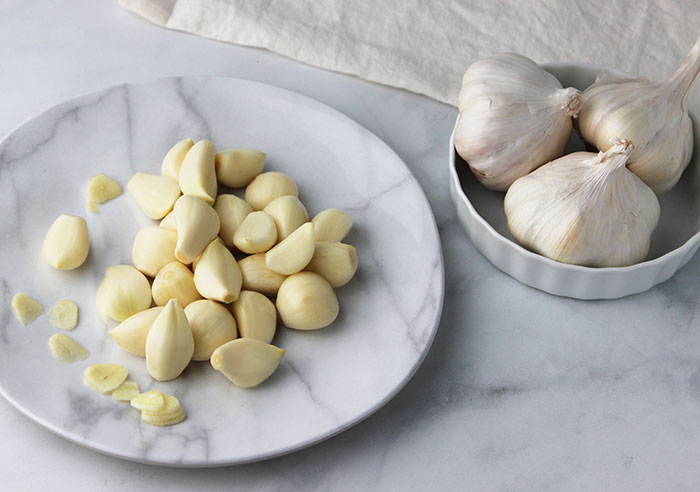
How to Use
For best flavor and nutritional health benefits, we recommend using freshly peeled garlic from organic whole garlic bulbs whenever possible. Other secondary alternatives include granules, powder or pieces, but these dried forms are considerably less therapeutically potent.
Fresh garlic cloves are typically sliced, chopped, pressed or minced before adding to recipes. This process helps to breakdown the allicin content. Immediately cooking garlic will destroy the alliinase enzymes needed for this conversion.
Heating or sautéing garlic will reduce pungency, increase sweetness and change flavor. As discussed, to retain a higher amount of the sulfur-containing compounds it is best to allow chopped garlic to sit for about 10 minutes before applying heat. Roasting whole garlic cloves is largely void of these nutritional components because the enzyme activity was destroyed.
For cooking purposes, garlic is utilized in many different ways across many continents and cuisines. Some common uses include, hummus, chutney, sauces, marinades, soups, stews, sautés and stir-frys.
Raw garlic is often used in salsas, homemade dressings, pesto, vegetable ferments, fire cider or blended (emulsified) with olive oil to make the popular paste known as aioli.
It is best to store whole garlic bulbs in a cool dry dark pantry location to inhibit sprouting or mold growth.
Precautions:
Raw garlic can be too hot or acidic for some body types or health issues. Both raw and cooked garlic, when consumed in excess, can cause nausea, vomiting, heartburn and diarrhea. Seek the advice of your healthcare professional before adding therapeutic amounts of garlic to the diet if you are pregnant, nursing, taking prescribed medications, have gastrointestinal disorders or a serious medical condition.
Shop Related Products (About Affiliates & Amazon Associate Paid Links)
Affiliate Disclaimer: This section contains affiliate product links. If you make a purchase through our recommended links, we receive a small commission at no additional cost to you. Thanks for the support.






